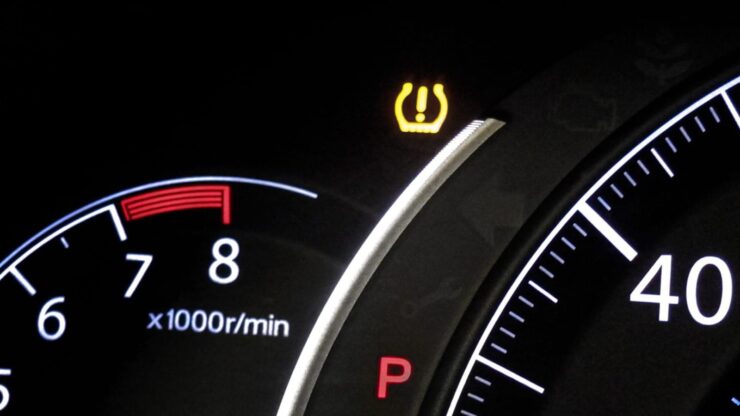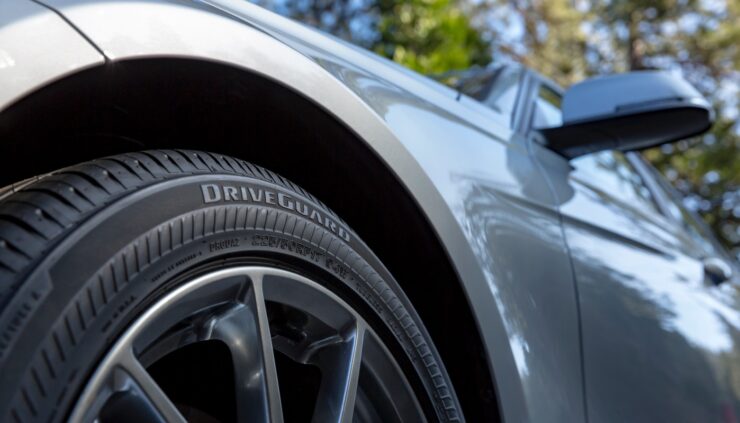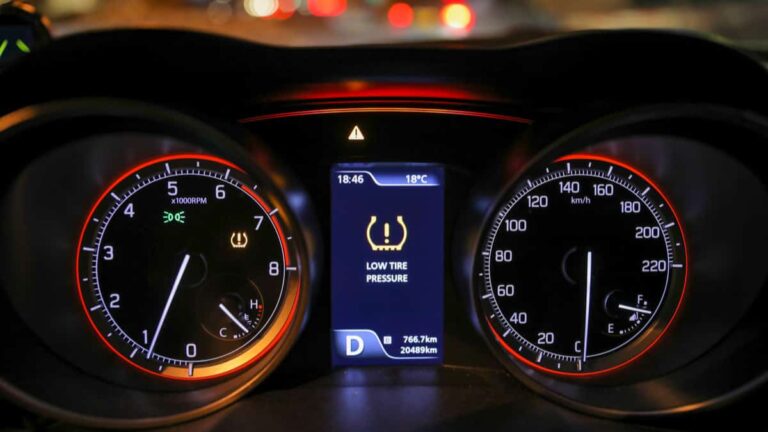The tire pressure sensor is an important safety feature of your vehicle. With its help, you can prevent a tire blowout, causing you to lose control of your car and get into an accident on the road.
This feature can be typically found between the tire and the wheel’s pressurized pocket for accurate measurement of air pressure. It’s such an integral component for vehicles that it’s been made mandatory for all passenger vehicles in the US.
If the indicator light turns on, it’s time for you to check the air in your tires. Sometimes, however, the signal light turns — and stays on — even though all your tires are good.
You’d want to turn off that light because, for one, it can be annoying and distracting. But more importantly, it might prevent you from being truly alerted if your tires do need more air.
So here, we’ll present you a step-by-step guide on how to reset the tire pressure sensor Chevy. But first, let’s take a look at what the tire pressure sensor is for, and why you might need to reset it on your Chevy.
Table of Contents
How Does the Tire Pressure Sensor Work?

The tire pressure sensor takes measures of the amount of air in each tire of your vehicle. The reading is in pounds per square inch (psi).
If it detects that the air pressure level is not ideal in any of the tires, it will fire up a signal to the vehicle’s computer system, which will then be reflected on your dashboard.
Once you see that yellow light turned on, it’s best that you go check the air in all your tires to check which ones need more. Tire pressure sensors are typically calibrated to send out a warning once the air pressure level falls below the 25 percent threshold set by government regulations.
Reasons Why You’ll Need to Reset Your TPMS

One important thing to note is that these tire pressure monitoring system sensors (TPMS) are battery-operated. While these batteries are designed to last for many years to come, they will eventually run out of power, which will affect the performance of tire pressure sensors.
This detail is relevant, especially if you have an older vehicle. Keep this in mind as one of the potential reasons the next time your TPMS acts out. Once the battery dies, the entire TPMS will have to be replaced, and not just the batteries.
When you replace your sensors, then it follows that you’ll need to reset them as well. Other instances when you’ll need to reset your TPMS are when you make adjustments to your tires, such as when you rotate or replace them. Depending on your vehicle model, it may even be recommended to reset your tire pressure sensor every time you add air to your tires.
Reset the TPMS on Your Chevy

If the TPMS light suddenly turns on while you’re driving, it’s best to pull over safely on the side of the road so you can check the condition of your tires. This is also why it’s important that you always bring a tire gauge with you, so you can use it whenever the situation calls for it.
The correct tire pressure levels should be indicated on a label attached usually on the panel by the driver’s side door. Remember to refer to this instead of the air pressure levels indicated on the tire’s wall. Once you’ve done that, it’s time to reset your tire pressure sensor.
Use the Reset Button
Chevrolet vehicles would have the tire pressure sensor reset button just below the steering wheel. This makes it easy to access and gets the job done fast. If you’re having trouble finding the button, refer to the owner’s manual.
To use the reset button, turn the key to the On position, but don’t start the car just yet! Instead, push the reset button and hold until the signal light blinks thrice. After that, you can start the car and leave the engine running. The TPMS should reset in about 20 minutes.
Drive Around
Another thing you can do to reset your TPMS after adjusting the air levels in your tire is to drive the car for some 10 minutes. Keep the speed at least 50mph for this drive. This should reset the TPMS sensor light. The next time you turn on your car, it should have already reset.
Inflate/Deflate

For this method, you’ll need to inflate and then deflate the air in your tires. This will take a bit more labor than the other methods because you’ll need to do this for each and every tire, as they will have their own sensors. To be safe, do this for your spare tire as well.
To successfully reset your TPMS with this method, you’ll need to over-inflate your tires to 3 psi above recommended levels first. After that, you need to deflate them completely. Once all the air is completely out, re-inflate the tires to the correct air pressure levels.
This procedure should reset the TPMS, and turn that warning light off on your dash.
Reset the Battery
One more thing you can do to manually reset the TPMS is to reset the battery. You’ll need to remove the positive battery cable (make sure that the vehicle is completely off) first. Once the positive cable is out, turn on the vehicle and press the horn for about three seconds to expel any residual power.
Doing this should reset the TPMS. But also, keep in mind that it will also reset all other electronic settings (clock, memory, etc.) to their default settings, so you’ll need to redo them too if you’ve put them to custom settings.
These are some of the things you can do to reset the tire pressure sensor on your Chevy. If all else fails, it’s best to head over to a certified Chevrolet car service center to get it fixed.
This content is provided by the automotive digital marketing agency, https://automotive-marketing.com/

